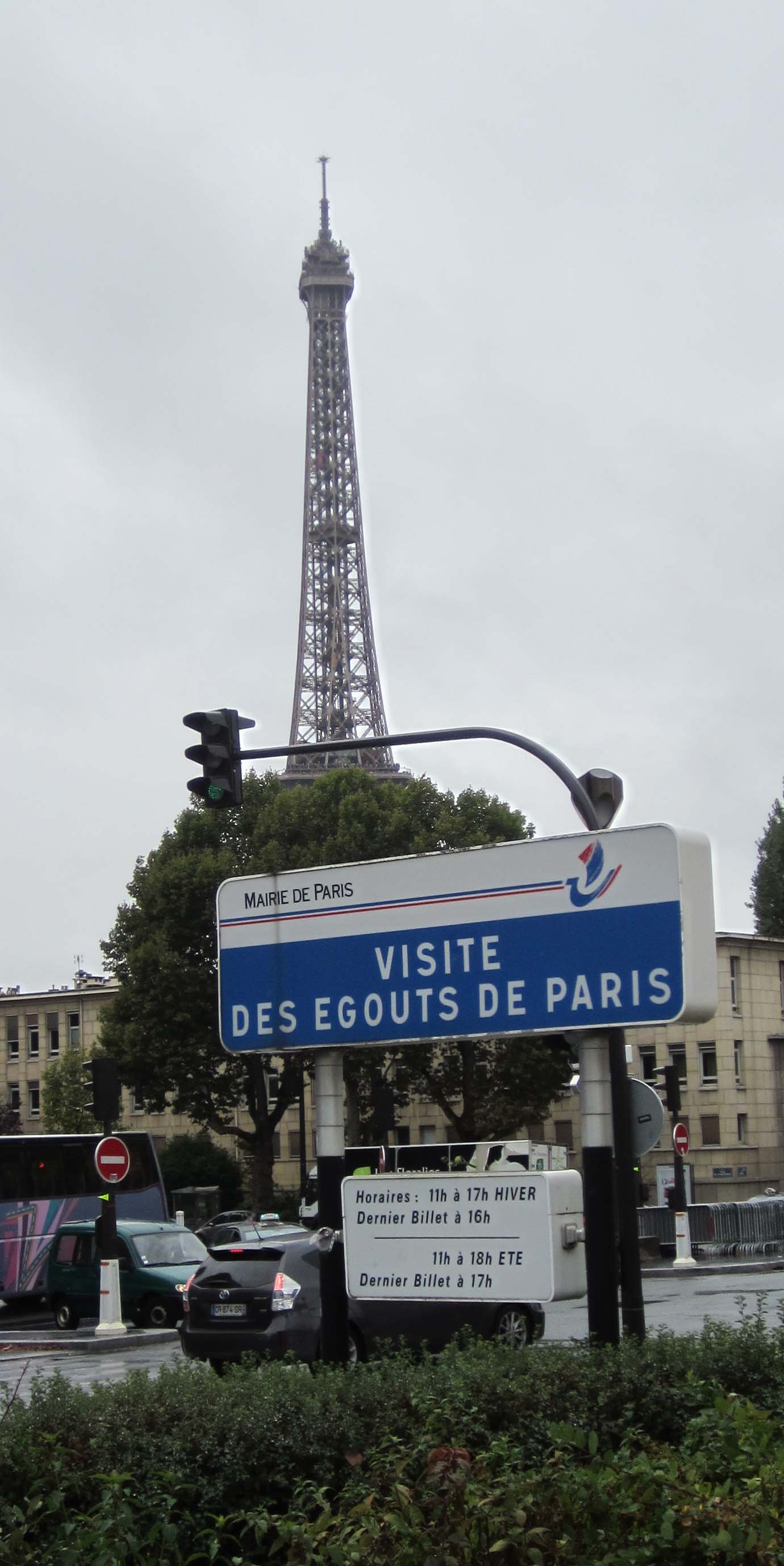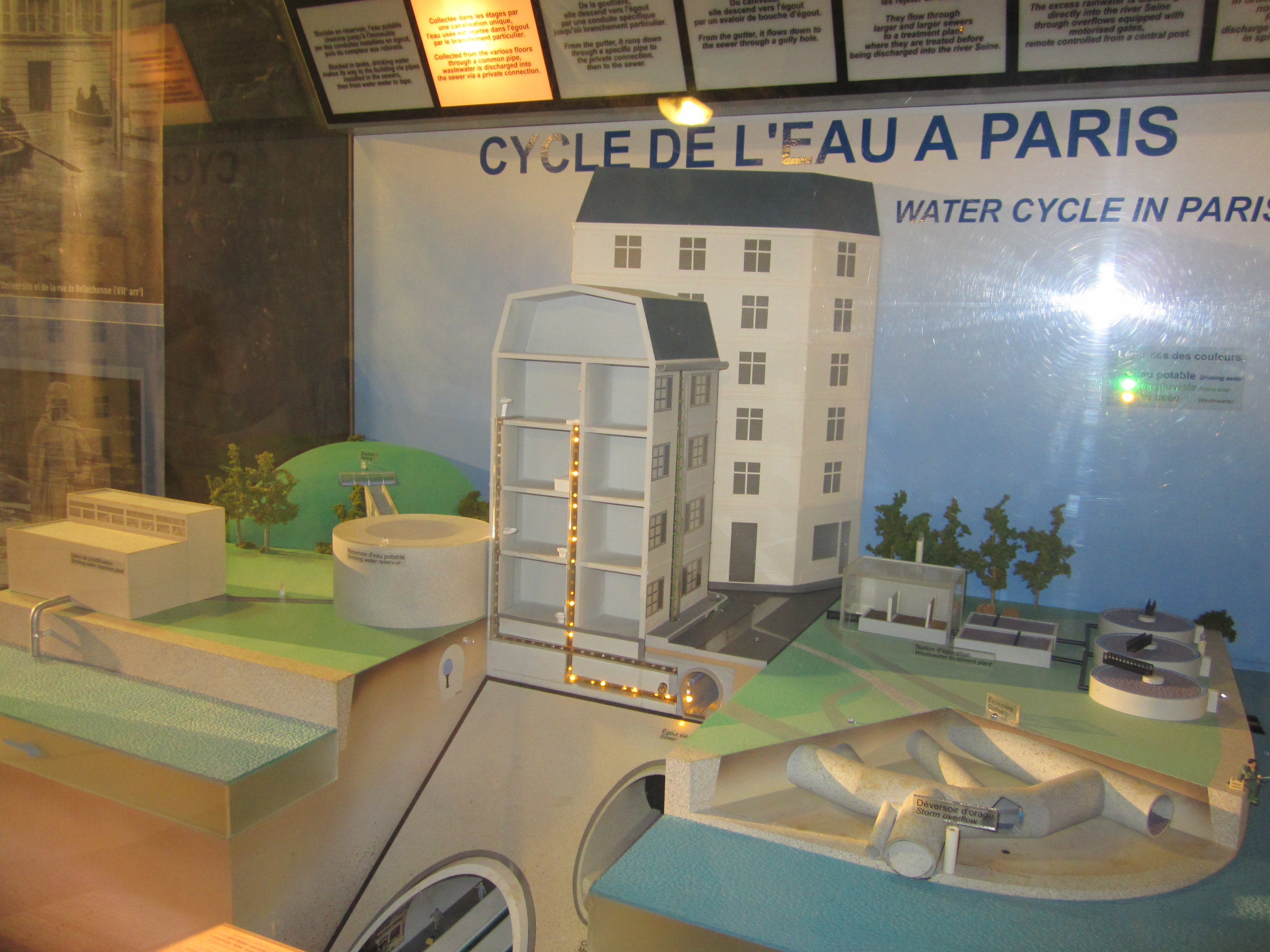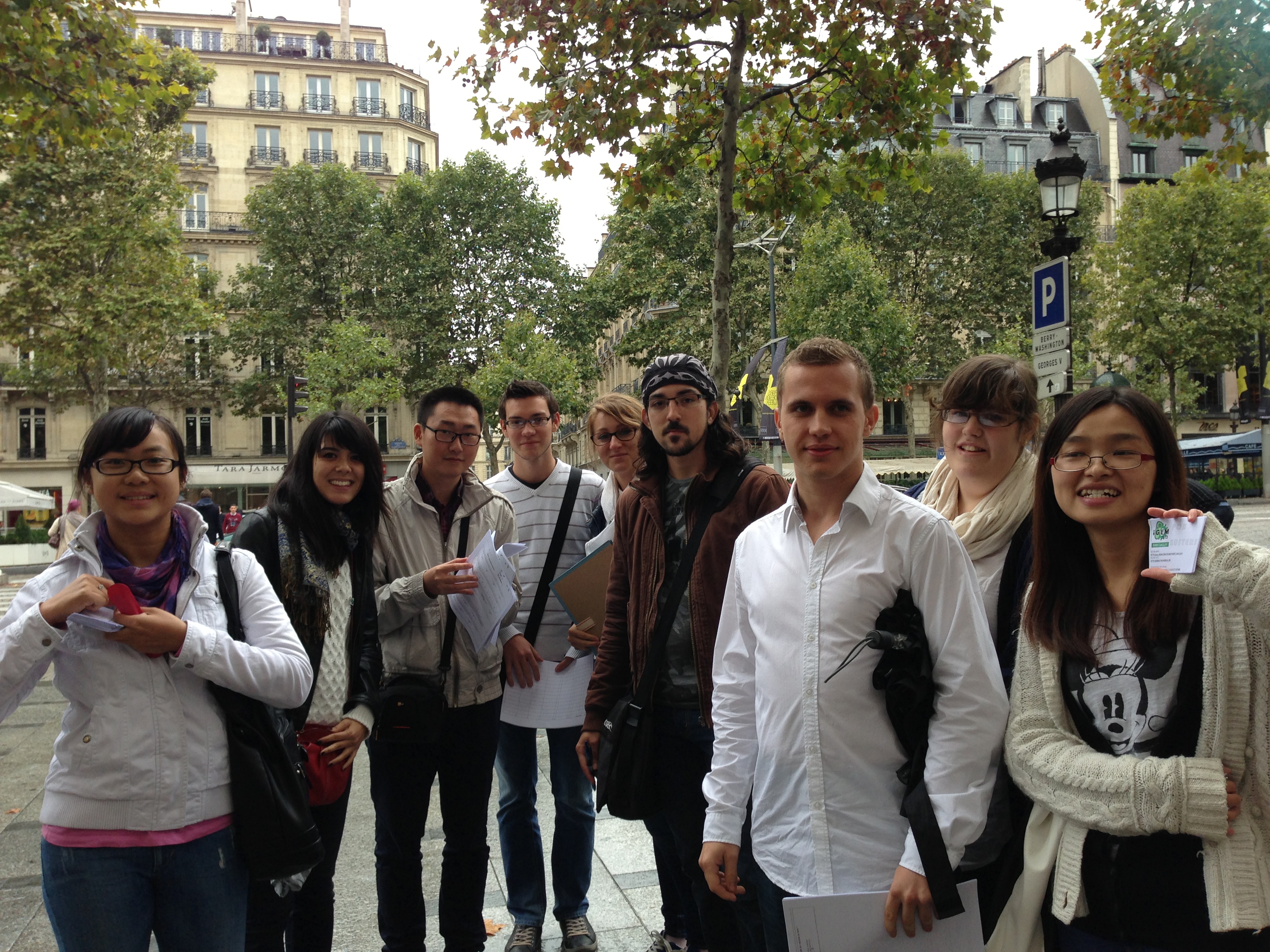Team:Paris Saclay/Sewers
From 2013.igem.org
CarolineMir (Talk | contribs) (→Bacterial Filter) |
|||
| (24 intermediate revisions not shown) | |||
| Line 3: | Line 3: | ||
{{Team:Paris_Saclay/incl_menu_navigation}} | {{Team:Paris_Saclay/incl_menu_navigation}} | ||
Human Practices | Human Practices | ||
| - | + | <html><a class="selflink">Reflection on the project</a></html> | |
| - | [[Team:Paris_Saclay/Open_source|Open Source | + | [[Team:Paris_Saclay/Open_source|Reflection on Open Source]] |
[[Team:Paris_Saclay/communication|Outreach]] | [[Team:Paris_Saclay/communication|Outreach]] | ||
[[Team:Paris_Saclay/Team_Collaboration|Team collaboration]] | [[Team:Paris_Saclay/Team_Collaboration|Team collaboration]] | ||
| + | {{Team:Paris_Saclay/incl_fin_menu_navigation}} | ||
| + | |||
| + | |||
| + | {{Team:Paris_Saclay/incl_menu_navigation}} | ||
| + | Reflection on the project | ||
| + | [[Team:Paris_Saclay/Human_Practices|Reflection]] | ||
| + | [[Team:Paris_Saclay/Poll|Poll]] | ||
| + | [[Team:Paris_Saclay/Sewers|Sewers of Paris]] | ||
{{Team:Paris_Saclay/incl_fin_menu_navigation}} | {{Team:Paris_Saclay/incl_fin_menu_navigation}} | ||
| Line 17: | Line 25: | ||
The Parisian Sewers are about 2400 km long, they gather and expel the flow and waste water. During our visit, we learned about the parisian water cycle and about the different ways to clean water. | The Parisian Sewers are about 2400 km long, they gather and expel the flow and waste water. During our visit, we learned about the parisian water cycle and about the different ways to clean water. | ||
| - | - Stocked in tanks, drinking water makes its way to buildings via pipes installed in the sewers, then from water | + | - Stocked in tanks, drinking water makes its way to buildings via pipes installed in the sewers, then from water meters to taps. |
- Collected from the various floors through a common pipe, waste water is discharged into the sewer via a private connection | - Collected from the various floors through a common pipe, waste water is discharged into the sewer via a private connection | ||
| - | - From the | + | - From the gutters, rainwater flows down to the sewer through a gully hole |
| - | - They flow through larger and larger sewers to a treatment plant | + | - They flow through larger and larger sewers to a treatment plant, where they are treated before being discharged into the Seine river |
| - | - The excess rainwater is discharged directly into the river Seine through overflows equipped with motorized gates, | + | - The excess rainwater is discharged directly into the river Seine through overflows equipped with motorized gates, remotely controlled from a central post |
| - | - The overflows must remain | + | - The overflows must remain closed in order to prevent the sewer network to be flooded by the Seine. Pumps are activated to discharge the excess water to the river in spite of its high water level |
| - | We discovered the history of Parisian | + | We also discovered the history of Parisian Sewer system, who built it, imagined it, and how it has been developed through the centuries. |
[[File:PsParis5.jpg|left|300px|caption]] | [[File:PsParis5.jpg|left|300px|caption]] | ||
| Line 55: | Line 63: | ||
| - | It was very interresting to | + | It was very interresting to learn how water is transported through sewers. We also learnt a lot about bacterial depollution, wastewater depollution, and waterplant system. |
| - | + | ||
| - | + | ||
| - | + | ||
| - | + | ||
| - | + | ||
| - | + | ||
| - | + | ||
| - | + | ||
| - | + | ||
| - | + | ||
| - | + | ||
| - | + | ||
| - | + | ||
| - | + | ||
| - | + | ||
| - | + | ||
| - | + | ||
| - | + | ||
| - | + | ||
| - | + | ||
| - | + | ||
| - | + | ||
| - | + | ||
| - | + | ||
| - | + | ||
| - | + | ||
| - | + | ||
| - | + | ||
| - | + | ||
| - | + | ||
| - | + | ||
| - | + | ||
| - | + | ||
| - | |||
| - | |||
| + | Writen by Caroline | ||
{{Team:Paris_Saclay/incl_fin}} | {{Team:Paris_Saclay/incl_fin}} | ||
Latest revision as of 16:27, 4 October 2013
Sewers of Paris
The Parisian Sewers are about 2400 km long, they gather and expel the flow and waste water. During our visit, we learned about the parisian water cycle and about the different ways to clean water.
- Stocked in tanks, drinking water makes its way to buildings via pipes installed in the sewers, then from water meters to taps.
- Collected from the various floors through a common pipe, waste water is discharged into the sewer via a private connection
- From the gutters, rainwater flows down to the sewer through a gully hole
- They flow through larger and larger sewers to a treatment plant, where they are treated before being discharged into the Seine river
- The excess rainwater is discharged directly into the river Seine through overflows equipped with motorized gates, remotely controlled from a central post
- The overflows must remain closed in order to prevent the sewer network to be flooded by the Seine. Pumps are activated to discharge the excess water to the river in spite of its high water level
We also discovered the history of Parisian Sewer system, who built it, imagined it, and how it has been developed through the centuries.
It was very interresting to learn how water is transported through sewers. We also learnt a lot about bacterial depollution, wastewater depollution, and waterplant system.
Writen by Caroline
 "
"


